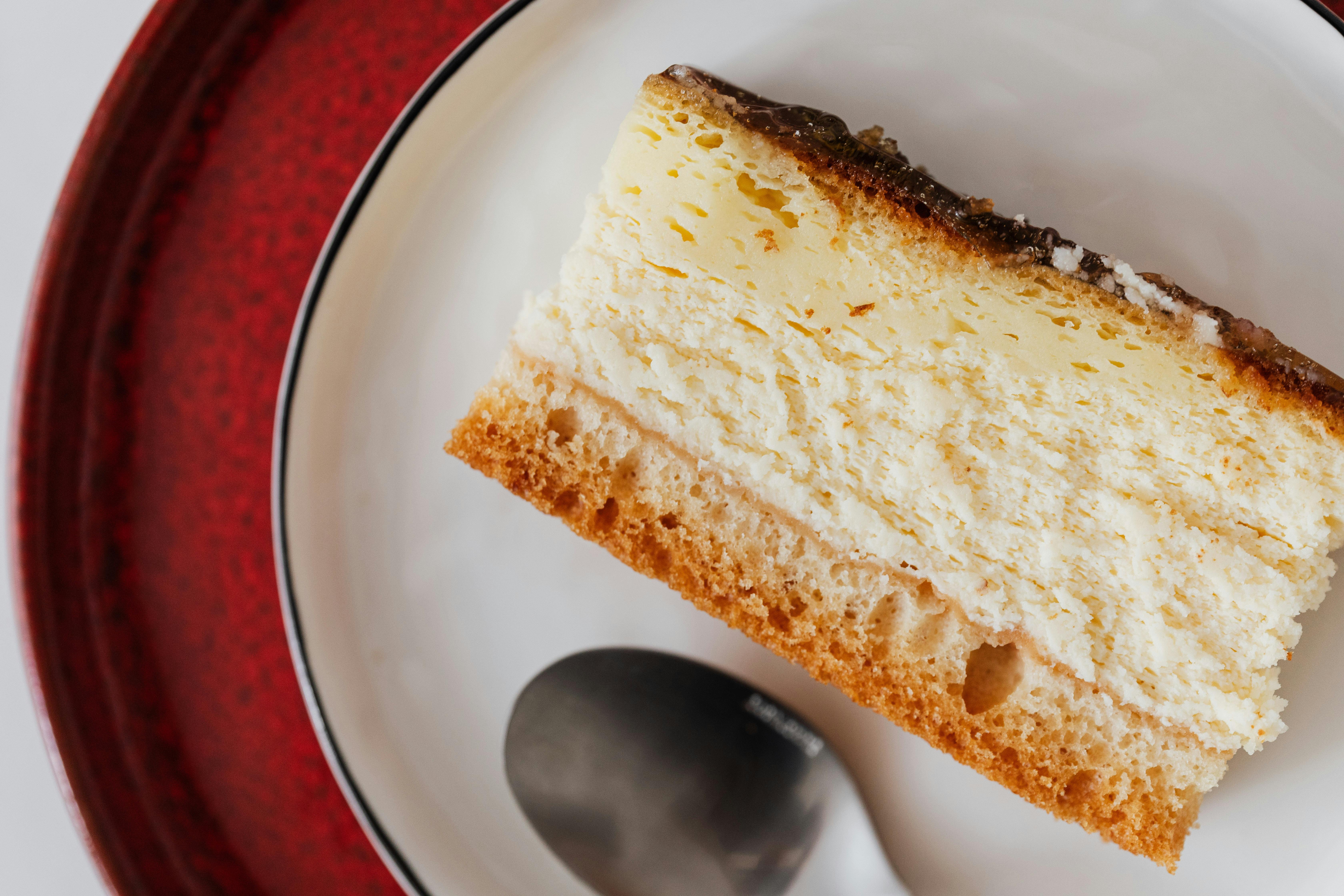kitchen design ideas –
Are you designing your kitchen?
A kitchen is the headquarters of the family. The kitchen is often the showcase of the home, yet it is required to function well for a wide variety of tasks. A well-equipped and beautifully dressed kitchen will provide both a sense of well-being and a favorite spot in the home. When planning your new kitchen, you need to consider both utility and appearance.
Kitchen design ideas: choose the one that suits you best!
When coming up with ideas to design your kitchen, you can consider one part of the kitchen at a time or choose an entire theme. A complete theme could be something like a Feng Shui based design that incorporates all of its principles. Feng shui refers to the art of placement and could help you organize your kitchen in a way that enhances its good energy. For example, according to feng shui, the cook’s back should never face the kitchen entrance, so he should design accordingly.
Now, the other way around, you could choose a particular look for your kitchen floor, walls, storage place, etc. This can be done in a number of ways depending on the amount of money you are willing to spend, the design of the kitchen, and your taste. Here are some specific design ideas for your kitchen:
*Kitchen floor: the choice of floor is important, as it will set the tone for the entire kitchen. The quality of the floor texture always attracts the eye and has a radical effect on the way one perceives the room as a whole. For kitchens, the two most elegant floors are tile/stone and laminate or wood flooring. Ceramic tile is a premium product for a kitchen and is a stunning upgrade over any other flooring. The only disadvantage is the feeling of cold. However, if you wish, you can also opt for an underfloor heating system.
* Kitchen Countertops – When choosing your countertop, select a color and texture that complements your choice of cabinets, flooring, or paint. Don’t be afraid to combine two or more countertop materials. Complementary colors and textures on adjacent surfaces create visual interest. Also remember that it pays to select a material that will withstand years of use without extraordinary maintenance requirements and that is easily repairable in the event of an accident. Granite and marble are solid choices.
* Kitchen lighting: You may have a large ceiling fixture, fitted with energy-saving fluorescent tubes that provide plenty of well-diffused general lighting. However, you can leave it working in its own shadow on the sink, stove, and countertops. These areas of your kitchen need additional lighting. Also placing your windows is a tough question.
kitchen layout –
the perfect arrangement
Kitchen design is highly subjective, so a design that might be perfect for one might be disastrous for another. This is mainly because people’s tastes and ways in terms of work habits and styles are very different. Therefore, kitchen designs must be made according to the needs and specifications of the main user of the space, who has definite ideas about how he would like his workspace to be. But aside from this subjective perspective, there are certain steps you need to take when designing your kitchen floor plan or layout. Following are the stages –
Stages in the design of the kitchen
Follow these simple steps to get your kitchen space put to good use while looking desirable.
1. Measure your kitchen in detail, the position of doors, windows, electrical points, drains and sinks, etc.
2. Demarcate the kitchen areas into three – Storage, cooking and cleaning. Plan the space with these three aspects in mind.
3. Make a list of the appliances you are likely to use in the kitchen and arrange them according to their dimensions.
Keep these three points in mind and then design your kitchen in a style that suits your tastes. The following are some of the stereotypical kitchen layout designs that are used:
Kitchen Design Layouts – Types
These are the 4 basic kitchen designs that are generally followed when designing a kitchen:
1. Layout of the corridor – it is intended for a narrow kitchen, where there are two rows facing each other. One for storage and one for cleaning and cooking. Make sure there is a minimum gap of 1200mm between the two rows.
2. L-Shaped Layout – This is a layout where the rows are diagonal to each other, thus forming an L-shape. This puts the kitchen workspace in the corner, thus giving plenty of free space for move.
3. U-shaped design: This is the best option for small kitchens and also very convenient.
4. Island Design – This one, on the other hand, is meant for large kitchens. Here, the cooktop is a completely different box unit, while the L-shaped row is for the sink and storage.
These are the different ways you can plan your kitchen design and also make changes and modifications according to your preferences.
